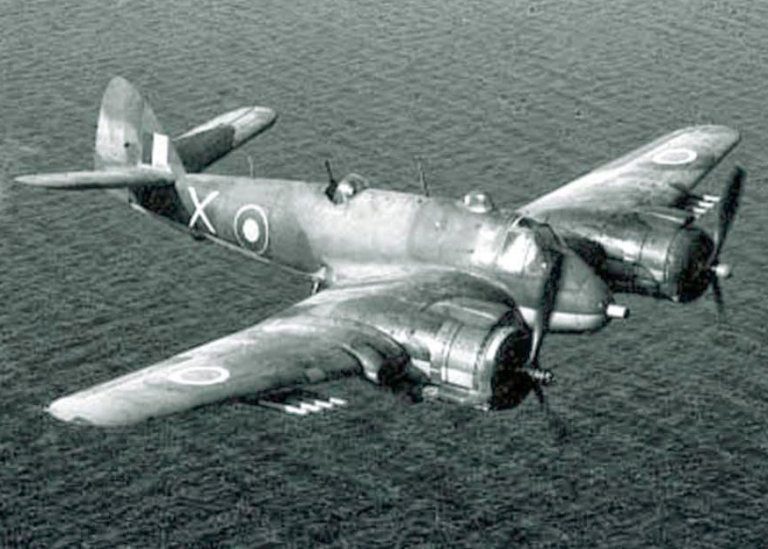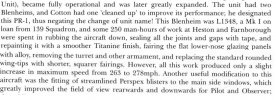Ramontxo
Donor
"How fast they fly" is certainly the question, and a crucial one. The faster the aircraft, the less chances for the defender (both the fighters and Flak) is to shot it down.
Dive speed was kept in check by using the aerodynamic brakes, like the dive brakes, or by extending the undercarriage, or by making them in biplane form.
Granted, a whole host of monoplane aircraft was performing dive bombing attacks even without the brakes of sorts.
For the 3rd time in 2 pages: don't pull upward. Level the aircraft instead and fly away as fast as possible.
Ok. But you still have to broke that dive. I remember an article, by an Jaguar RAF pilot (I dont remember if it was in Airforces Monthly, Flight International...) in the First Gulf War they were ordered to dive bomb with their Jaguars. They didn't exactly like this, and ended bombing from middle height.

